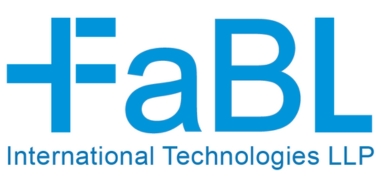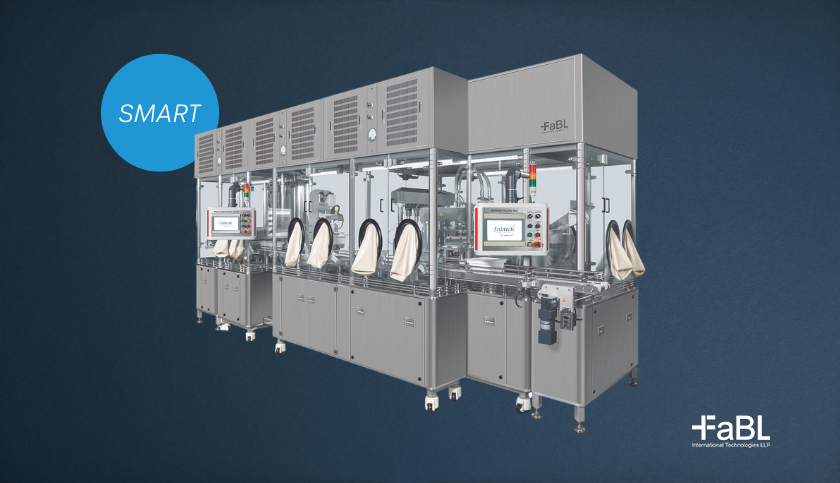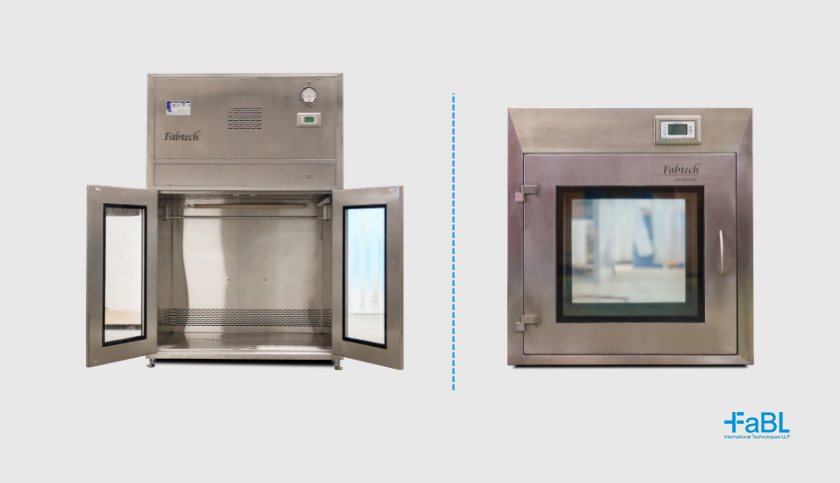As I write this blog, it is quite likely that a transformation is taking place somewhere. This change could be small or, at other times, so big that it can lead to a huge impact all around. And the past few years have been a testimony to evolution across a wide array of industries.
I recall the giant injection that used to give me goosebumps and left a not-so-good mark. But, from living in those times to the current times, where vaccines have become painless, there has indeed been a spectacular development in the pharma field.
Especially the past two decades have seen dynamic growth in the parenteral administration of API’s with prefilled syringes (PFS), gaining massive popularity and acceptance.
The Proactive Practical Prick
The driving factor for this change is perhaps the many disadvantages associated with using conventional syringes.
The primary benefit of the prefilled syringes begins with the ease-of-use that pertains to eliminating possible exposure to toxic products and cross contamination during needle reuse and while using the drug in a vial. This gives rise to another advantage – accuracy that enables appropriate dose, thereby reducing the chance of dosing errors due to over-filling. As a result, when over-filling gets excluded, potential waste gets considerably reduced, which proves to be a saviour, especially during a shortage in vaccine supply or when dealing with expensive vaccines. Furthermore, the prefilled nature of these disposable syringes promises an increased lifespan. Coming with a pre-measured dosage, the injectables do not require further preparation and help achieve a more efficient drug delivery process.
With volumes ranging from 0.25 to 5.0 ml, PFS has become increasingly apparent in anti-thrombotic, anti-infectives, vaccines, and biotech drugs for numerous chronic diseases viz., rheumatoid arthritis, multiple sclerosis, psoriasis and Crohn’s disease.
It is to be noted that one advantage of the modern syringe leads to another advantage, making PFS one of the most trusted innovations in the therapeutic sector.
Polymer Syringes - The New Preference
Many other benefits that have the edge over the traditional syringe are being needle-free or with thin needles. There has also been a major shift from polymer/ disposable syringes becoming the first choice of syringes amongst healthcare professionals and patients over the traditional metal or glass syringe. The underlining reasons for polymer PFS being a more dominant player than the glass lie in the latter being more prone to breakage while the former has a low rate of breakage throughout the value chain.
Given below are some of the other important factors where polymer scores over the glass syringes-
- Resistance to heat
- Greater tolerance for freezing drying and liquid nitrogen exposure
- Greater design flexibility
- Superior drain ability
- Glass- like transparency
- Ideal for direct aseptic filling
- Highly reduced extractables and leachables
- Solvent resistance
- Tungsten free with low/no siliconization
- Wide range of pH (from 2 to 12)
- Environmentally friendly with no residual ash.
Even as polymer seems to be giving answers to many questions that a manufacturer may be seeking, it is always recommended to analyse the benefits and drawbacks of the material before zeroing on a particular type of syringe.
Bubble-Free Filling – Right on Point
In conventional processing of syringes, the rod pushes the stopper out of the insertion tube into the syringe, leaving behind bubbles inside the syringe, thus posing certain major challenges. However, in PFS, using vacuum venting method ensures that the stopper is set in place without any external force, due to which bubble formation between the product and the stopper gets considerably reduced, thereby facilitating bubble-free filling of syringes. Additionally, the absence of bubbles improves the stability of oxygen-sensitive compounds. Also, the stopper is placed using differential pressure over force, making it compatible with the coated stoppers.
In conventional processing of syringes, the rod pushes the stopper out of the insertion tube into the syringe, leaving behind bubbles inside the syringe, thus posing certain major challenges. However, in PFS, using vacuum venting method ensures that the stopper is set in place without any external force, due to which bubble formation between the product and the stopper gets considerably reduced, thereby facilitating bubble-free filling of syringes. Additionally, the absence of bubbles improves the stability of oxygen-sensitive compounds. Also, the stopper is placed using differential pressure over force, making it compatible with the coated stoppers.
Validation
Prefilled syringes may not be able to serve their true purpose if they do not provide a protective barrier to drug stability. Thus, thorough checking is indispensable to demonstrate the integrity of PFS.
The validation process constitutes three qualification phases, each designed for a specific aim.
Functional Testing -
This involves examining the equipment and its functionality under normal and extreme conditions of use. The test is carried out as per the ISO and GMP standard and encompasses examining the force required for the movement of the plunger. Critical aspects such as insufficient application of oil that can disrupt the movement of the plunger through the barrel must also be carefully looked into.
Integrity Testing -
Container closure integrity (CCI) testing (ISO 11040-4) is holistically undertaken to ensure the sterility of the parenteral drug. Emphasis is given to quality-by-design and phase-wise testing strategy through probabilistic methods such as dye-penetration testing, leak testing, and microbiological ingress testing. Here, samples are taken from a batch, defects are identified, and a decision is taken upon conformity to the established specifications.
Automated inspection -
Contrary to the statistical method, automated inspection involves checking the product for particles, proper placement of the plunger, and cosmetic defects under real production conditions. This process assures minimum customer risk, process optimisation, robustness, and reliability.
Also going the DIY way
PFS offer an unprecedented level of convenience from the injectable drugs by enabling self-administration from the comfort of home instead of going to the hospital. Even the probability of leaving a small percentage of the dose arising from transfer from vial to syringe gets eliminated. Therefore, it will be safe to say that this ‘Do it Yourself’ (DIY) way has even touched upon serious industries and made PFS gain ground and be a broadly recognised and accepted drug dosage form. The advantages of this injectable are akin to the regular PFS, catering to the patient’s needs through simplified, suitable, convenient solutions.
About Fabtech
Staying in step with the times while aligning with the needs of the future, Fabtech’s FilPac prefilled syringe machines bring together ingenious technology along with stringent quality standards.
Foreseeing a continued progress to this practical innovation, the FilPac processing maintains an optimum production capacity that has resulted in greater acceptability among medical professionals and patients worldwide.
Read more about what to expect from this safe and robust mechanism for life-saving vaccinations.
Connect with our experts!



